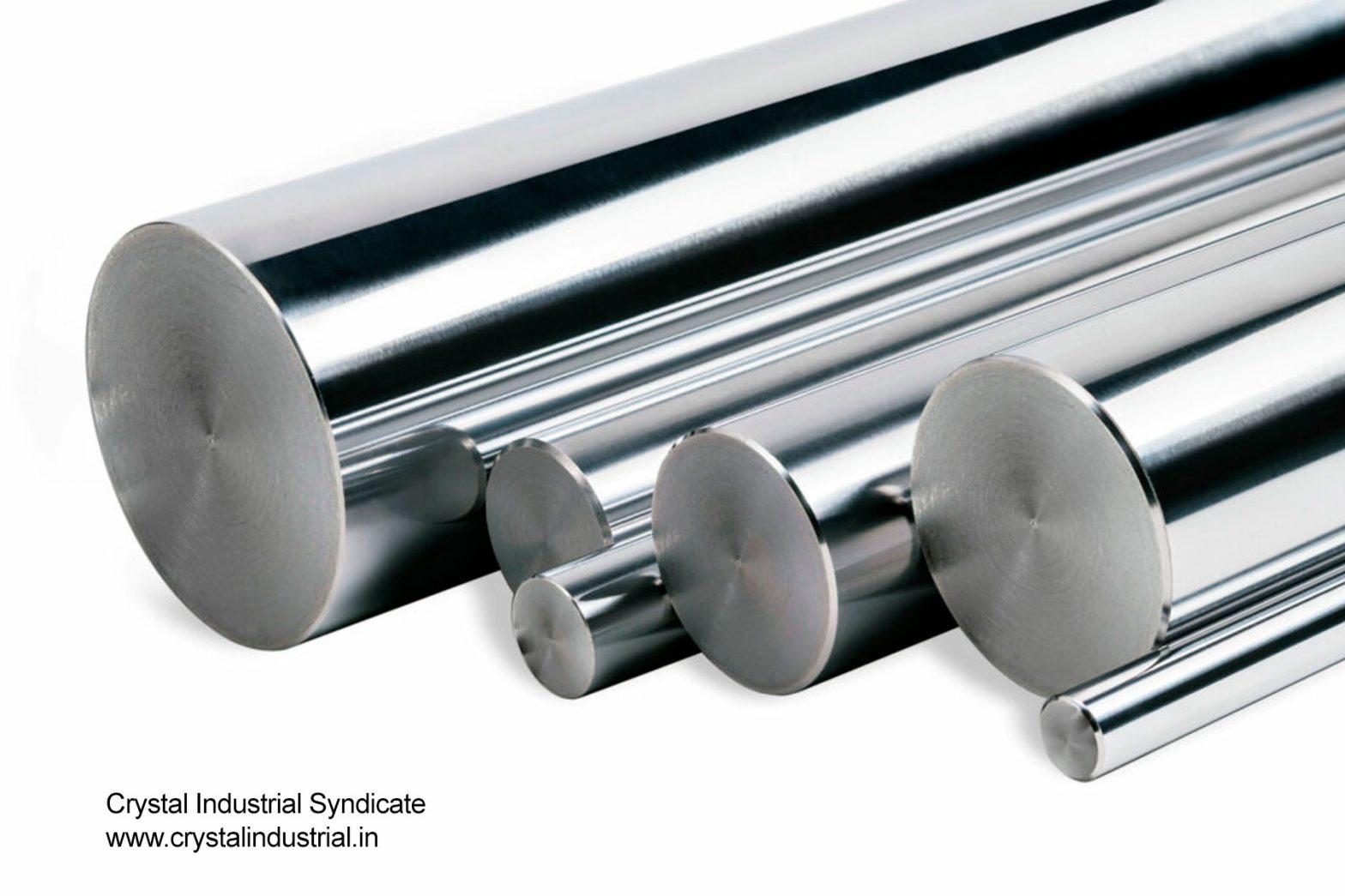Hastelloy-bodied injection quills are devices that are used in the chemical processing and pharmaceutical industries to transfer fluids from a storage tank or drum to a reactor or processing vessel. They are typically made of a stainless steel or Hastelloy alloy body and have a small diameter nozzle or outlet that is used to inject the fluid into the processing vessel. There are several advantages and disadvantages to using Hastelloy-bodied injection quills in these applications.
One of the main advantages of using Hastelloy-bodied injection quills is their corrosion resistance. Hastelloy is a high-performance alloy that is highly resistant to corrosion and is able to withstand harsh chemical environments. This makes it an ideal material for use in chemical processing and pharmaceutical applications where the injected fluids may be highly corrosive or contain aggressive chemicals.
What are the advantages of Hastelloy-bodied quills?
Another advantage of Hastelloy-bodied injection quills is their ability to handle high temperatures. Many chemical reactions and processes that take place in the pharmaceutical and chemical processing industries involve high temperatures, and traditional materials such as stainless steel may not be able to withstand these temperatures without suffering from corrosion or other damage. Hastelloy, on the other hand, is able to withstand temperatures up to 1800 degrees Fahrenheit, making it a suitable choice for use in high-temperature applications.
In numerous chemical processing industries, corrosion-resistant Hastelloy alloys are utilised. Acceptance and expansion in the geothermal, solar energy, oil and gas, and pharmaceutical industries are a result of the need for dependable performance. The advantages of Hastelloy process equipment include high resistance to uniform attack, exceptional resistance to localised corrosion, excellent resistance to stress corrosion cracking, and simplicity of welding and fabrication.
What are the disadvantages of Hastelloy-bodied quills?
One of the main disadvantages of Hastelloy-bodied injection quills is their cost. Hastelloy is a more expensive material than stainless steel, and as a result, Hastelloy-bodied injection quills are typically more expensive to purchase and maintain than their stainless steel counterparts. This may be a disadvantage for companies with limited budgets or for applications where cost is a major consideration.
Another disadvantage of Hastelloy-bodied injection quills is their weight. Hastelloy is a denser material than stainless steel, and as a result, Hastelloy-bodied injection quills are typically heavier than their stainless steel counterparts. This may be a disadvantage in applications where weight is a critical factor, such as in situations where the injection quill is being used in a mobile or portable system.
In summary, Hastelloy-bodied injection quills offer several advantages in chemical processing and pharmaceutical applications, including their corrosion resistance, ability to handle high temperatures, and durability. However, they also have some disadvantages, including their higher cost and weight compared to stainless steel injection quills. Ultimately, the decision to use Hastelloy-bodied injection quills should be based on a careful evaluation of the specific requirements and constraints of the application.
Crystal Industrial Syndicate from India makes a range of Hastelloy®-bodied injection quills to cater to every application of the oil and gas industry. Our products have been installed world-wide, in Europe, North America, Africa, Middle-East and India.
Contact us to know more about how Crystal Industrial Syndicate’s products can support your injection quills requirements. Our experts can recommend custom-built solutions. Contact us
Copyright © 2023 by Crystal Industrial Syndicate Pvt Ltd. All rights reserved. www.crystalindustrial.in
